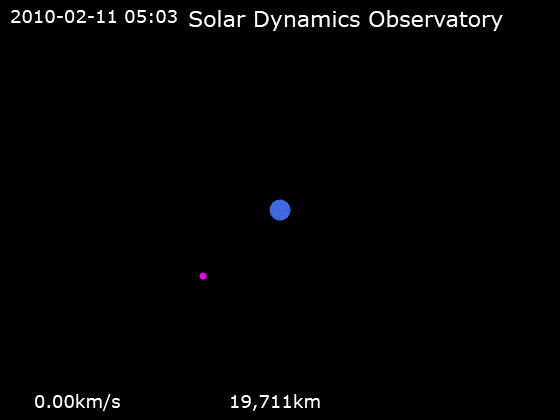Ancient Tree Frog Fossil Reveals Australia's Eocene Biodiversity

A remarkable paleontological discovery has emerged from Australia, where researchers have unearthed a 55-million-year-old tree frog fossil, identified as Litoria tylerantiqua. This finding, detailed in a study published in the Journal of Vertebrate Paleontology on May 14, 2025, extends the timeline for the existence of Australian tree frogs significantly, suggesting their presence in the Early Eocene epoch when Australia was still connected to Antarctica and South America as part of the ancient supercontinent Gondwana.
The fossil was uncovered by paleontologists from the University of New South Wales during the 1990s while screen-washing clay samples from the Tingamarra fossil frog deposit in Murgon, Queensland. Dr. Roy Farman, a prominent researcher associated with both the University of New South Wales and the Australian National University, remarked on the significance of this find: "Up until now, it was thought the earliest Australian tree frogs came from the Late Oligocene (about 26 million years ago) and the Early Miocene (23 million years ago)." He further elaborated that the discovery of Litoria tylerantiqua pushes back the fossil record of pelodryadids—tree frogs in Australia—by approximately 30 million years.
The Early Eocene, approximately 55 million years ago, was characterized by a global climate that was significantly warmer than today, fostering lush forests that connected South America and Australia. This environment allowed for diverse species to thrive, including Litoria tylerantiqua, which now joins the ranks of other ancient species found in the Murgon area, notably the ground-dwelling Platyplectrum casca, also known from the same deposits.
Previous estimates based on molecular clock studies indicated that the divergence of Australian tree frogs from their South American counterparts occurred around 33 million years ago. The current findings suggest a more complex evolutionary history, as Dr. Farman noted, "The fossil record could reveal how some frog groups overcame previous challenges, perhaps by adapting to new, less-threatening habitats."
The implications of this discovery extend beyond mere historical interest; they may provide insights into contemporary conservation efforts. Frogs, despite their ecological fragility, have demonstrated remarkable resilience, surviving numerous mass extinction events throughout their 250-million-year history. However, current threats such as climate change and the spread of chytrid fungus pose significant challenges. Dr. Farman emphasized the potential for translocating threatened species into secure habitats, stating, "If the fossil record shows physically similar frogs living in very different habitats, today’s frogs may benefit by being reintroduced into similar environments."
The findings of this study not only contribute to our understanding of Australia's prehistoric biodiversity but also underscore the importance of fossil records in informing modern ecological strategies. As research continues, the lessons learned from ancient species could be pivotal in shaping conservation initiatives aimed at protecting endangered amphibians in an era of rapid environmental change.
In conclusion, the discovery of Litoria tylerantiqua enriches the narrative of Australia's unique evolutionary history and highlights the critical intersection of paleontology and conservation biology. Future research will undoubtedly build upon these insights, further illuminating the complexities of amphibian survival through time.
This study was published by Roy M. Farman et al. in the Journal of Vertebrate Paleontology, a peer-reviewed publication dedicated to the field of paleontology.
Advertisement
Tags
Advertisement





